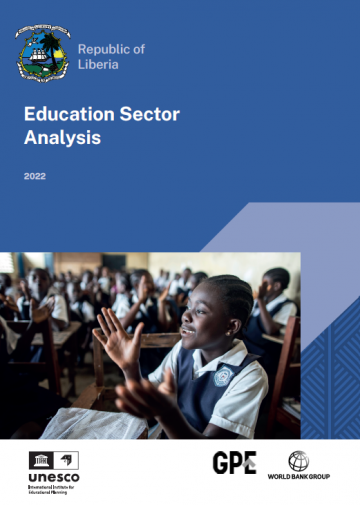High enrolments in early education with room for improving teaching practices
Liberia has one of the region's highest Early Childhood Education (ECE) rates. This high coverage is however driven by the high proportion of overaged children, which has knock-on effects for the rest of the education system. "For each cycle, 80-85% of the students currently enrolled in the school are older than their age group," says Dominic Kweme.
Despite the existence of a national curriculum with a focus on play-based learning, these play-based skills are not observed in the classroom. Few play-based learning materials or support is present in ECE classrooms, with the most frequently used materials being blackboards and chalk. There is also evidence that teachers continue to use negative physical or verbal disciplining methods in the classroom.
Persistent retention issues with gender wealth disparities in basic education
The 2019/20 Demographic and Health Survey data shows equal levels of access for male and female learners in the first grade of primary; however, the gap grows between the sexes with ascending grades. The greatest difference in access is again seen between wealth quintiles, with children from the poorest families 21 percent less likely to access Grade 1 than those from the richest backgrounds. This leads to an average school life expectancy of 10.4 years among the richest – more than double the 4.8 observed for the poorest.
“Liberia is taking responsibility and reforming assessment to identify weaknesses early and addressing them to ensure sustainable learning,” said Polycarp Otieno, analyst, and education planner, IIEP-UNESCO Dakar.
Unbalanced workforce
The ESA revealed that the workforce in the education sector – teaching and non-teaching staff – is male-dominated, and inherently, the wage bill benefits more males. In school leadership positions, females are underrepresented, for example, even though they represent 13 percent of the teaching force at junior secondary level, females account for only 4 per cent of principals. The dominance is also seen in the pay gap between males and females, where females receive 6 percent and 11 percent lower salaries in the case of teaching and non-teaching staff, respectively than their male counterparts. Attracting and retaining motivated female staff would require addressing the pay gap.



